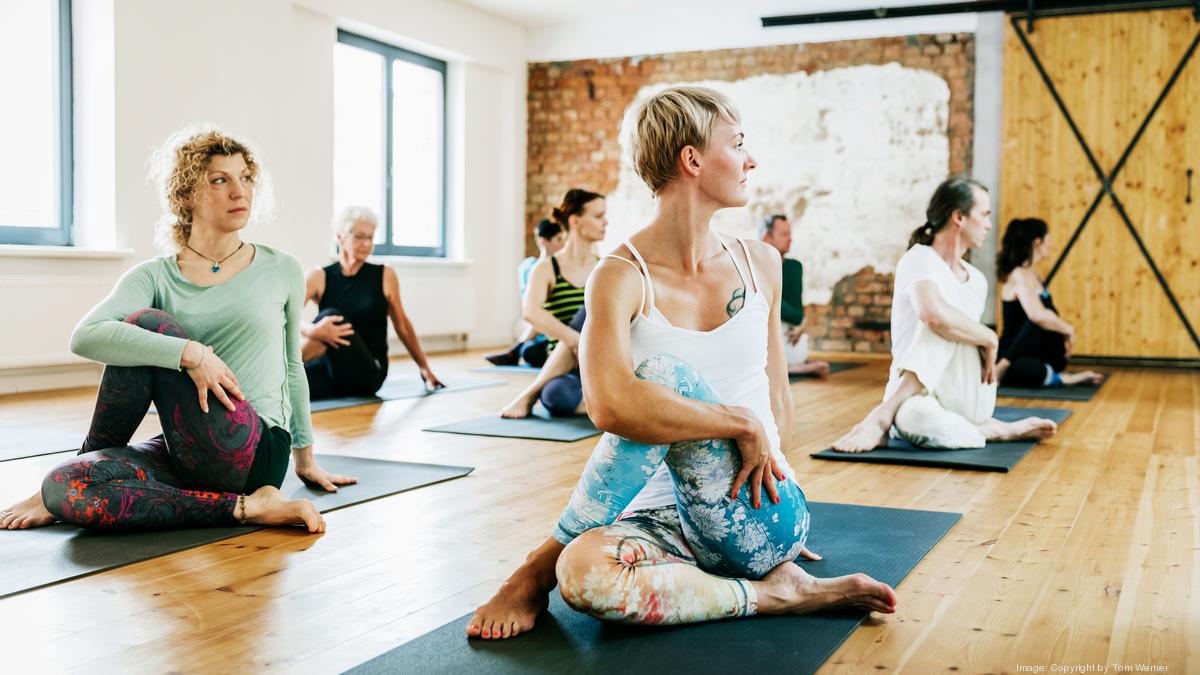

In contrast, the iliopsoas and other more profound layers of the myofascial are the core.Īccording to Ida Rolf, the iliopsoas connect the spine to the pelvis. People studying and practicing Ida Rolf's method believe that the myofascial's abdominal muscles and other outer layers constitute the sleeve. Ida Rolf created a primary integration method of bodywork that is often referred to as "Rolfing." This method is based on the idea that the body consists of a core and a sleeve. Pilates practitioners consider core muscles essential for optimal strength, spine stabilization, and graceful movement. Pilates referred to the core as the "powerhouse" and developed a building method and increased flexibility to allow for natural functional movement.

The three people were Joseph Pilates, Ida Rolf, and Sri T. Considering their unique perspectives may help you understand why core strengthening is an integral element of yoga. There are, however, three influential 20th-century yoga practitioners who shed some light on the core concept. It's not clear who first used the term "the core," despite being commonly referred to by athletes, dancers, yoga practitioners, and therapists. Without these components, you will not be able to achieve strength, endurance, and flexibility. (Keil, 2018) The first two components that you should work on are control and function. Also, you should see core strength as the ability to exercise force while maintaining core stability so that, as a result, you can control the force that you carry out.Ĭore stability consists of five components, namely, strength, flexibility, motor control, functionality, and endurance. Instead of training your core in isolation as a prime mover by doing back extensions and crunches, you should focus on functional movements and closed-chain exercises like push-ups and deadlifts. To ensure that you train for optimal core functionality, strength gain, and active core movement, keep in mind that the core is primarily a stabilizer during movement and force transfer center and, to a lesser extent, a prime mover. While many typically only train the exterior muscles, the core also consists of the deeper muscles, including the transverse abdominals, diaphragm, pelvic floor, and multifidus.

Your core has three-dimensional functionality and is movable in all three planes of motion. They can transfer force from one extremity to another.They act as an isometric or dynamic stabilizer when you move your body,.Your core muscles deliver the following functions: "The core is a 3-dimensional space with muscular boundaries: diaphragm (superior), abdominal and oblique muscles (anterior-lateral), paraspinal and gluteal muscles (posterior), and pelvic floor and hip girdle (inferior)." (Anderson & Huxel Bliven, 2013)Īlmost every movement that you carry out involves your core. Here is one of the most widely accepted definitions of the core: Your core consists of every muscle in your body that is not part of your arms and legs.
Core yoga kahala series#
This article will take an in-depth look at the anatomy of the core, its significance in yoga, and the best practices for making the most of your core conditioning.Ĭontrary to popular belief, the core is a complex series of muscles that includes much more than your abs. We recommend practicing core yoga poses in order to progress and always include them in practice at some point. In hatha yoga, nearly all poses require some engagement in the core, so you keep the integrity and safely perform the asana.


 0 kommentar(er)
0 kommentar(er)
